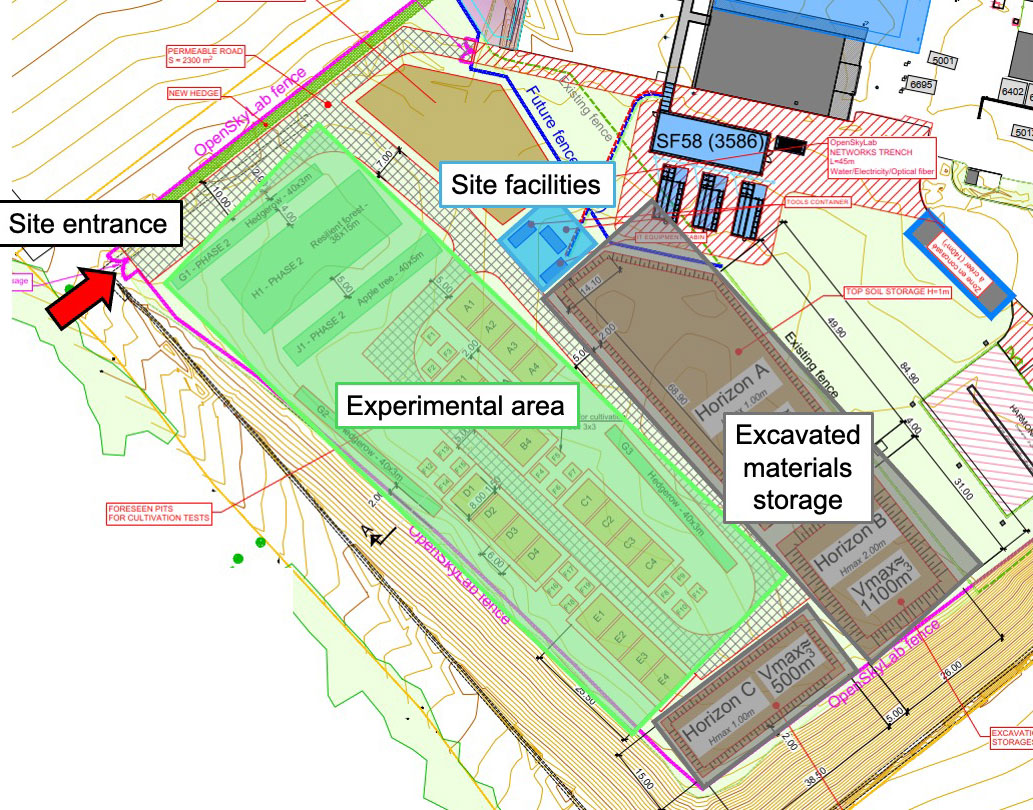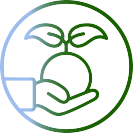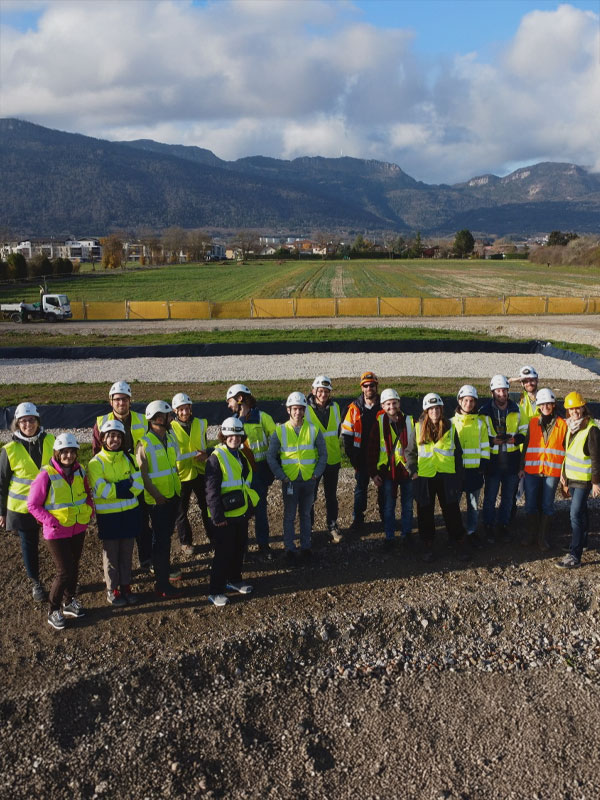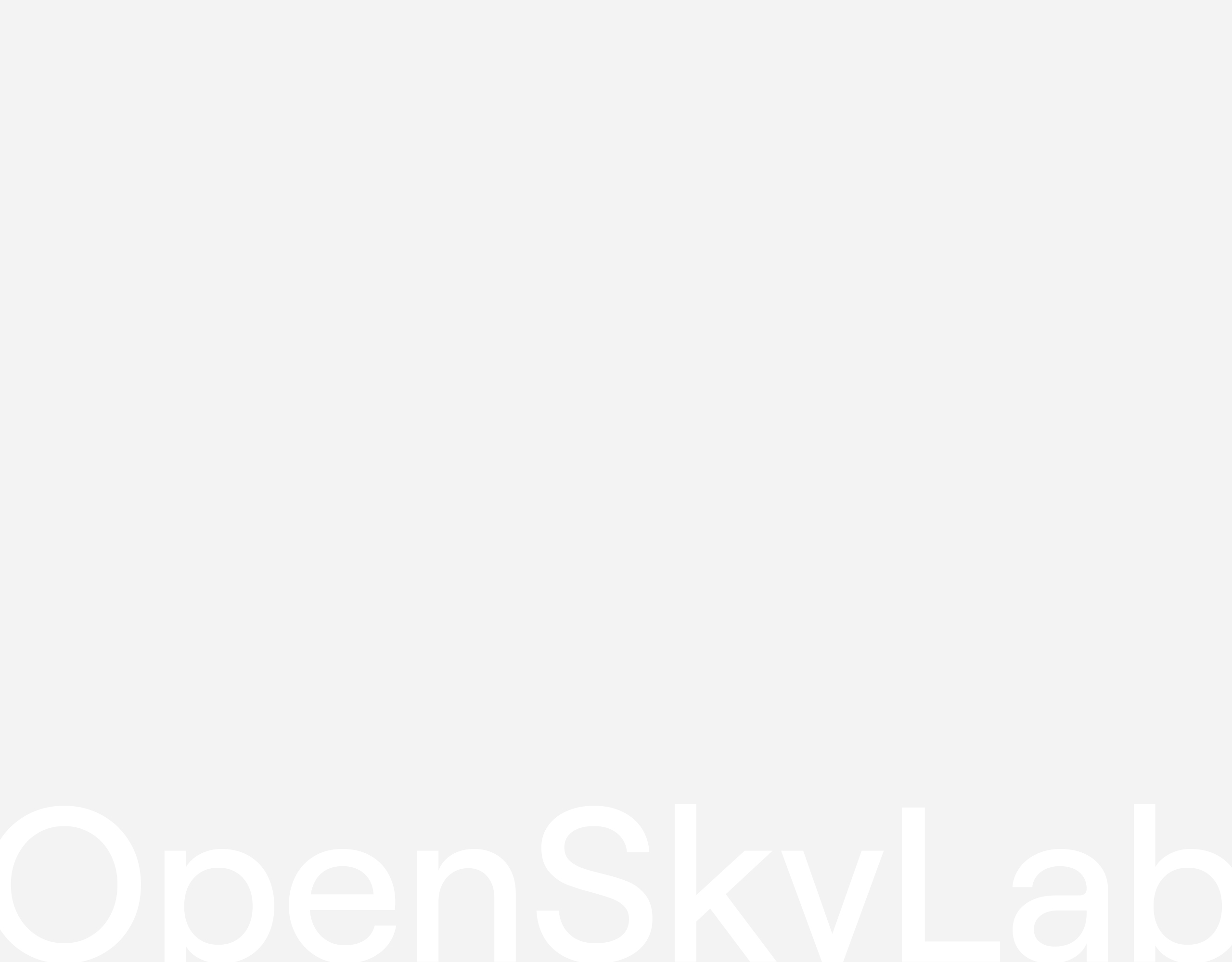Towards a sustainable and
local use of excavation
materials
OpenSkyLab
Background
Research infrastructures (RI) are facilities that provide resources and services for research communities to conduct research and foster innovation. The Future Circular Collider would be a research infrastructure hosted by CERN, conceived and constructed by an international collaboration, and providing open access to a worldwide community of scientists.
As part of the feasibility study for the Future Circular Collider (FCC) research infrastructure, it is anticipated that approximately 16 million tons of excavation materials would be generated. The creation of a credible plan for the potential utilization of these excavation materials goes along the identification of different reuse pathways to sort and pre-treat materials, including transforming sterile rock – a soft and heterogeneous sedimentary rock called molasse – into functional soil for urban greening, agriculture, forestry and renaturation applications, in line with the principles of a circular economy. The goal is to avoid classifying this heterogeneous sedimentary rock as waste and thus prevent its disposal in landfills, in line with the avoid-reduce-compensate (ARC) approach.
Project in a Nutshell
The OpenSkyLab project is an initiative focused on transforming molasse-based excavation materials into functional, value-added plant-soil systems. The development of innovative processes takes place on a plot of about 10 000 m2 located in Cessy, France, by using molasse from previous CERN projects alongside local raw materials and by-products. The goal is to promote the formation of soil structure to enhance the formation of functional soils suitable for urban, agricultural or ecological applications. The OpenSkyLab platform will also identify the plants best suited to this type of constructed soil under the typical climatic conditions of the region and provide an estimate of their yield potential.
How the project started

In 2021-2022, the FCC Innovation Study, a Horizon 2020 project co-funded by the European Union and led by CERN, carried out an international challenge-based competition called “Mining the Future” to invite scientists and companies worldwide to propose technically feasible approaches for the use of molasse that are demonstrated today at laboratory scale and which could be brought to product level maturity by 2030.

The result was the identification of an integrated approach that combines local and innovative schemes to be able to manage significant amounts of molasse materials in the FCC construction project.

For the installation of the
OpenSkyLab, a plot located near LHC point 5 (CMS, Cessy, France) was provided by CERN.

3M €
investment

11
project partners

2 200 t
of molasse

100 t
of compost

5 t
of mineral clays
Project evolution

2024
Site design and construction :
Excavation of plots and filling with different substrate recipes, installation of elevated hedgerows, services supply, general field installation

2025
Start of operation :
Sensor installation, manure application, planting and seeding, soil and plant sampling campaigns

2026
Operation : Observation of emerging soil functions, verification of the soil reconstruction, comparison of different management practices

2027
Operation : Continued observation of soil functions, recommended standard operating procedures for soil reconstruction developed, harvest potential of cultures determined
Processes and
products developed


01 Pre-treatment and mixing process
The molasse is formed by a series of horizontal layers of cemented and silty sandstone interspersed with layers of marl and argillaceous rocks…

02 Soil construction process
In the OpenSkyLab tests, the soil construction is initiated in a two-step process…

03 Field monitoring and control system
A field monitoring system “OpenSkyView” has been developed offering a comprehensive overview of the experimental plots…

04 Reuse cases
The substrate mixtures tested in the OpenSkyLab project are designed for large scale applications…

05 Elevated hedgerows
Hedgerows are rows of trees, shrubs, and plants growing along agricultural field edges…

06 Plants and shrub species
Discover how different species will be tested in the OpenSkyLab…
Project Team CERN
Meet the scientists and teams working on this project

Luisa Ulrici
Project leader
The OpenSkyLab was born as an innovative and challenging answer to the strive to find solutions for the reuse of excavated materials should the Future Circular Collider be built, but applicable to any project requiring subsurface installations.
A very interdisciplinary team, ranging from biologists of plants, agronomists, specialists of soil and civil engineers, needed to be created. For this purpose, I established an international team of experts from the academies, industry and research centres. I coordinate the activities in a way to achieve the foreseen goals while continuing to search for other solutions for the reuse of the excavated materials, in line with the application of the circular economy principles.

Corentin Pueyo
Civil Engineer
In line with my civil engineer profile, I take care of the technical installation of the test site, making sure everything runs smoothly during implementation and operation. I also contribute to coordinating scientific collaboration. On top of that, I work with drone imaging to capture the development of the experimental site and measure changes in plant growth and soil properties. And if anyone needs a hand, I’m always happy to help!

Christiana Staudinger
Plant-soil interactions
My research focuses on plant-soil-microbe interactions in natural and agricultural ecosystems. I coordinate the scientific aspects of the OpenSkyLab collaboration and appreciate the interdisciplinary exchange with my colleagues. I am especially interested in finding innovative applications of molasse-based substrates that address local needs and have the potential to enhance regional climate resilience and self-sufficiency.
Project Partners






Photogalleries

Operation
Operation on the OpenSkyLab project

Camera Pictures
Pictures from the on-site camera

Construction
OpenSkyLab project during construction phase (2024)

Visits
Visits to the OpenSkyLab

News, updates & milestones
Visit & Discover
Visits are possible upon request by filling out this form
